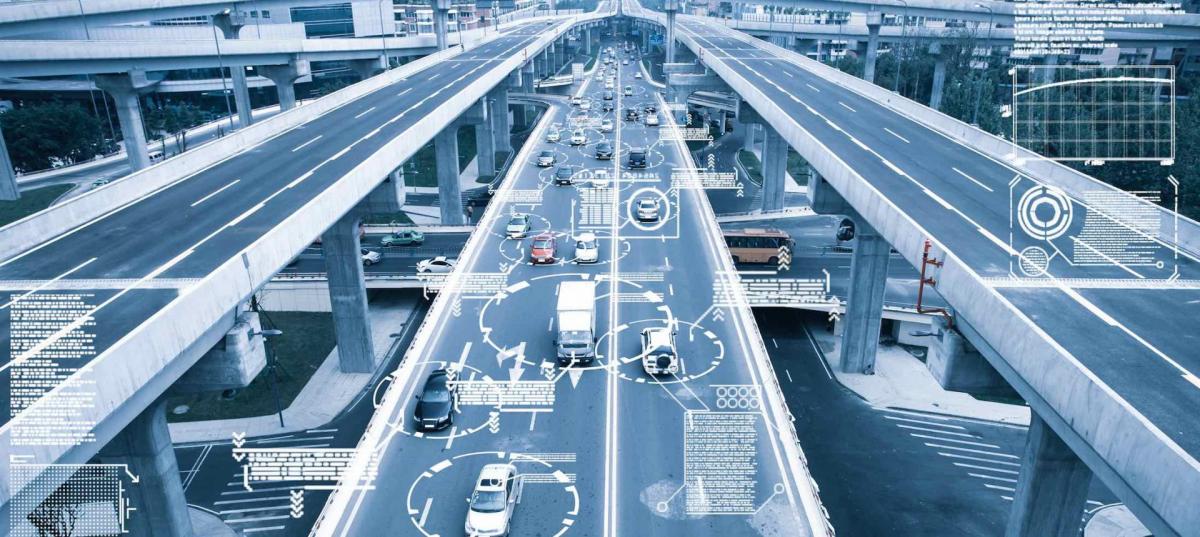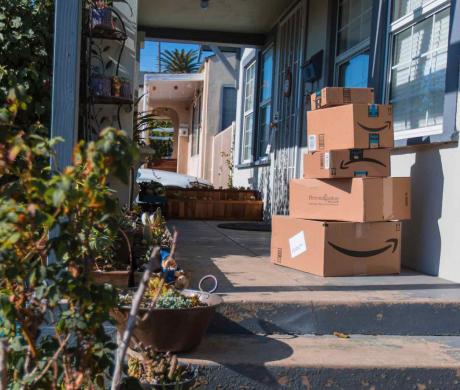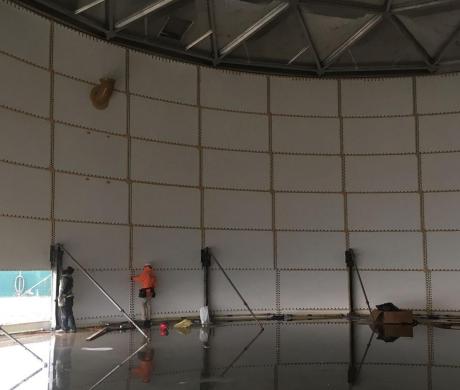Where Transportation Technology and Funding Meet the Road
Jim Madaffer is a past president of the League and a former member of the California Transportation Commission; he can be reached at jim@madaffer.com.
We are on the brink of a revolution in transportation that encompasses self-driving cars, autonomous shuttles, transportation as a service and zero-emission vehicles.
Autonomous vehicles are being tested on our streets, auto manufacturers are aggressively pursuing electric vehicle lineups and California has set the nation’s most ambitious greenhouse gas emissions reduction goals.
Our cities will look much different in the not-too-distant future. Some of these changes are being driven by millennials, who make up America’s largest living generation.
According to the data analytics company Nielsen, a majority of millennials “are opting to live in urban areas over the suburbs or rural communities. Sixty-two percent indicate they prefer to live in the type of mixed-use communities found in urban centers, where they can be close to shops, restaurants and offices.” And because they favor urban living, they are less likely to own a car. Vehicle ownership rates among millennials is declining, from 73 percent in 2007 to 66 percent in 2011.
The changes underway in transportation technology are transforming the driving experience and disrupting the $2 trillion global auto industry. Some auto manufacturers have signaled a willingness to stop selling cars in the future and instead sell transportation as a service. Car dealerships — and the sales tax revenue from them — could disappear.
Technology and autonomous vehicles will bring new options for transportation. Transit as we know it today, except for fixed rail and mainline corridors, could become a vanishing mode.
Preparing for the Coming Changes
Connected vehicles and self-driving cars create an exciting potential: zero — or immensely reduced — fatalities from crashes. And self-driving vehicles promise to transform cities.
What do these changes mean for cities? The way we pay for transportation infrastructure will need to adapt to the new reality, among other things.
And the transportation revolution will impact the way we plan and design the infrastructure that carries these vehicles. How will the development and enforcement of zoning laws and land-use regulations be affected? What about considerations like parking requirements, active transportation corridors and streetscapes?
In a future scenario, massive office and mall parking lots could be repurposed into office or multifamily buildings. Gas stations could be transformed into electric car charging stations. Features such as curbside pickup and ride-share lobbies could be in demand as autonomous vehicles become more widespread. The industrial sector will likely see the most disruption, particularly when it comes to warehouse operations, logistics and trucking. Over the next 25 years, the industrial sector, goods movement and the supply chain might look nothing like they do today.
Will we be ready for the many issues that arise with self-driving and autonomous vehicles? What will this new technology mean for public agencies, transit facilities, insurance companies and freight carriers?
Rethinking the Gasoline Tax
Perhaps most importantly, how will we fund transportation and its infrastructure in the future? The gasoline tax was first created in 1919 by the State of Oregon and California followed suit. A hundred years ago, the tax made sense because all vehicles essentially got the same mileage, so everyone paid about the same to use the streets and roads. Since then, the gas tax has not kept pace with growing demands for road construction, repair and maintenance. Regulations related to the environment, stormwater and more have placed additional funding pressure on a transportation funding system that has not kept up.
President Ronald Reagan was so opposed to raising taxes that he told reporters he would not raise the gas tax unless he was overthrown “in a palace coup.” So when he finally announced his support for a 1982 plan to raise the federal gas tax by five cents per gallon, Reagan emphasized that unlike other taxes, the gas tax was really a “highway user fee,” paid for only by those who use the system.
The gas tax remains the primary way we pay for building and maintaining federal and state transportation infrastructure, but 37 years after Reagan’s change of heart, it is becoming increasingly difficult to argue that there is any relationship between how much gas we buy and how much we use the roads. And this is not just a problem for the federal or state governments. It is time for smart city leaders to start thinking about and planning for the future of transportation funding that looks very different from what we have now.
Owners of highly fuel-efficient cars, like hybrids and electric vehicles, are currently paying little or no base excise gas tax. They are contributing only a fraction to the overall cost of road repairs. In California, aggressive zero emissions vehicle goals coupled with increased mileage standards continue to impact transportation funding. As a result, less gas is sold, which means less money is available to pay for road repairs and maintenance.
Because of continuing decreases in gas tax revenues for road maintenance and rehabilitation, California passed SB 1077 in 2014, which authorized a study to transition from the gasoline tax to a pay-per-mile user fee. While this might not have been an option in Reagan’s era, today’s vehicles have the technology to track the miles we drive, and this could become the new way we fund transportation into the future.
Pay-by-the-mile studies continue as our automobile fleet transitions from a gasoline-based system to something different. And as autonomous vehicles enter the picture, they may be the first to pay by the mile regardless of fuel type.
Much will change with transportation and technology over the next 25 years. It’s not a matter of if, but when. Savvy city leaders need to prepare for these coming changes.
Don’t Miss This Session at the Annual Conference
Interested in learning more? “Where Transportation Technology and Funding Meet the Road” will be held at the League of California Cities 2019 Annual Conference & Expo, Thursday, Oct. 17, from 1:00–2:15 p.m. For location details, see the conference brochure or the League’s mobile device app.
Related Resources
Exceptional Efforts: Local Streets and Roads Awards Recognize Innovation




